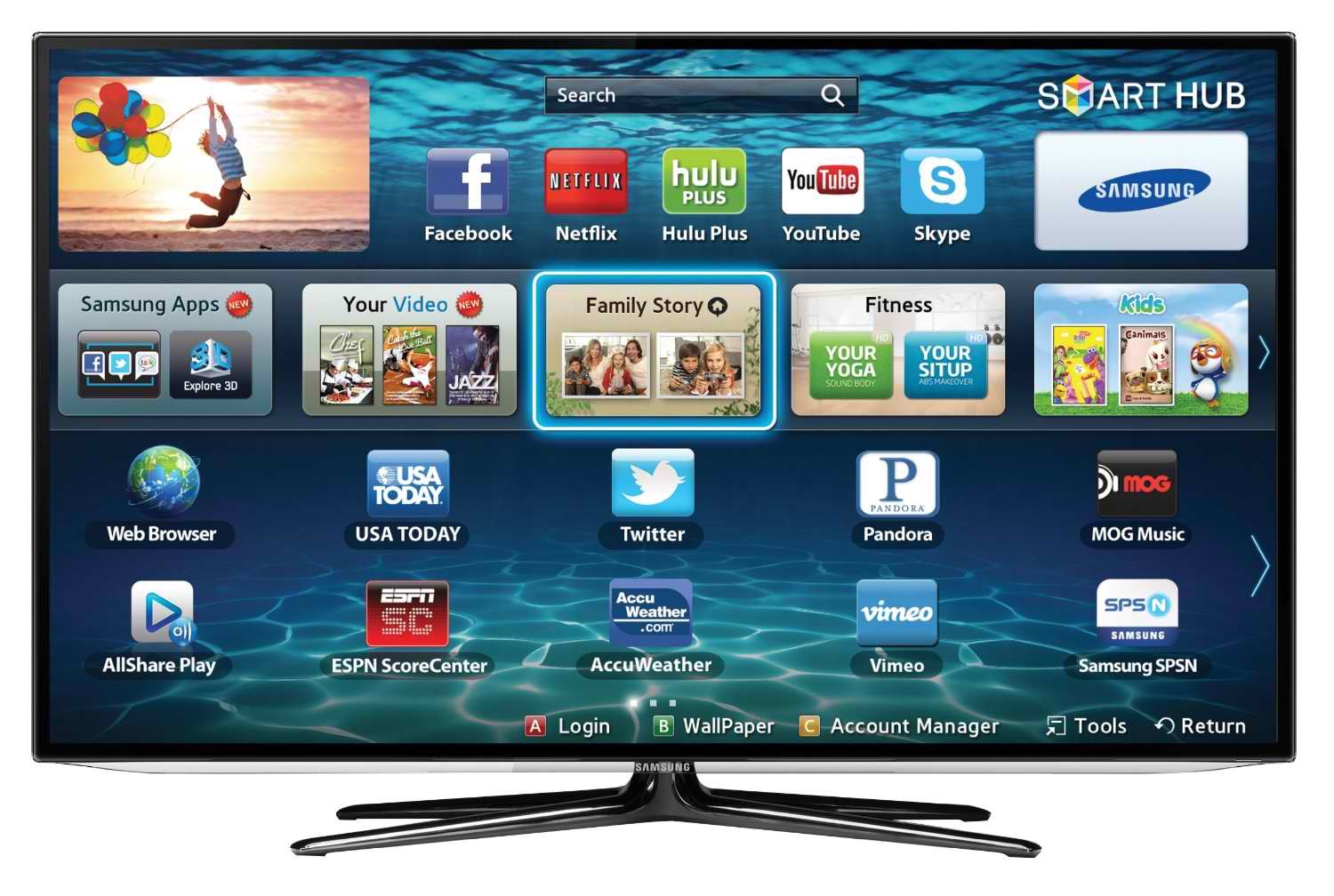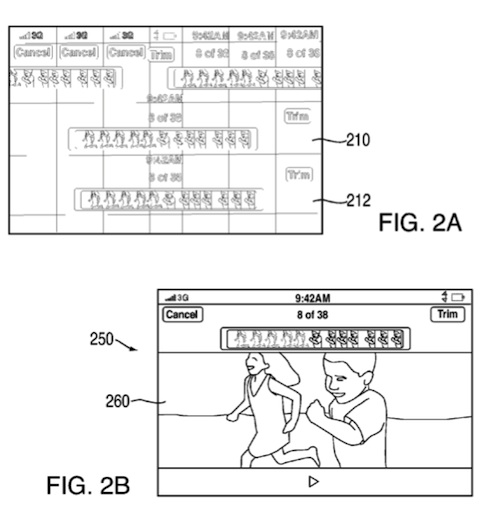The global smart TV market reached a value of $143 billion in 2017 and is expected to reach $253 billion by 2023, exhibiting a compound annual growth rate (CAGR) of around 10% during 2018-2023, according to Research and Markets (www.researchandmarkets.com).
Ethernet, Wifi, USB, Bluetooth and flash memory cards from digital cameras are normally supported by smart TV’s. They normally also support coaxial cable, HDMI and other audio-video connections. Apart from the OS and apps, the connectors also allow on demand video services and access to pictures, music and video on connected storage devices.
Smart TV apps enable connection to websites such as Youtube, Netflix, Hulu and Vimeo along with social media sites such as Facebook and Twitter. Smart TVs can connect to various input devices wirelessly, to enhance usability and control. Wireless keyboards and mouse, smart phones and tablets can all connect to enable text entry, navigation and internet browsing from the couch.
Catalyzed by the increasing penetration of the high-speed Internet, the viewership of online content has increased significantly over the last few years catalyzing the demand of smart TV’s. What’s more, there has also been a significant drop in the prices of smart TV’s increasing their affordability among the general population.
Other major factors driving the demand of smart TV’s include rising disposable incomes, increasing adoption of 4K resolution televisions, technological advancements, etc., says Research and Markets.




